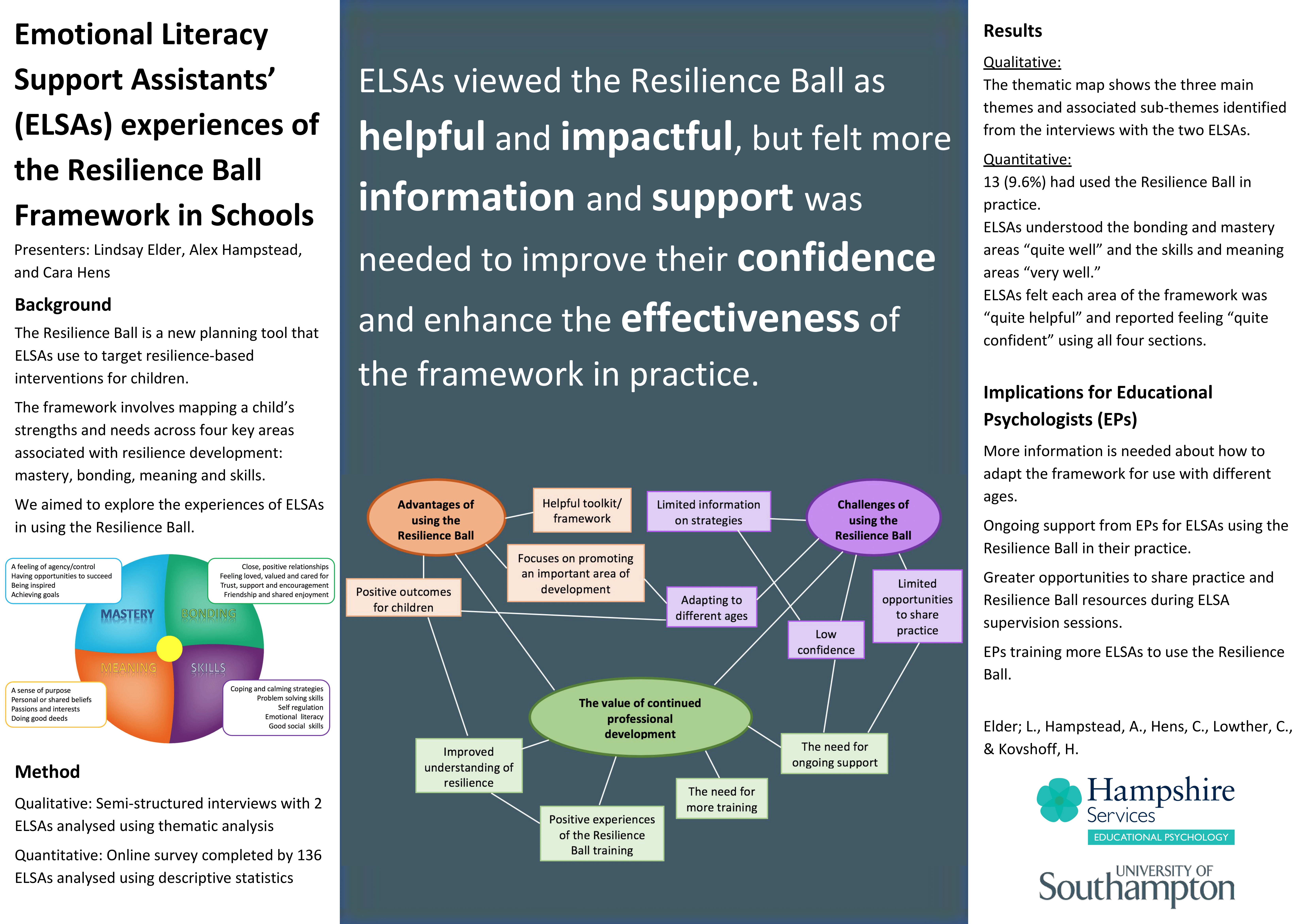Assignment type: Thesis
Author: Leanne Curreli
Submitted: June 2018
Abstract
Parenting can be challenging at any stage, but when a child goes through adolescence the many physical, emotional, social and cognitive changes mean these challenges are likely to be magnified. The many changes create increasing opportunities for young people to begin exploring their social roles and identity, as well as the rights and the responsibilities that come with those. Whilst the young people are experimenting during this transition, parents may need to provide supervision whilst simultaneously encouraging autonomy and remaining flexible. Parenting is a dynamic process that involves complex interactions between the parent, the young person and their environment. These factors influence the level of responsiveness and supervision provided by a parent in response to their child’s or adolescent’s needs and situation. Within the adoptive family, adolescents can provide an additional level of complexity. Existing literature suggests this is a time of vulnerability in adoptive placements, a time when adoptions are at high risk of placement breakdown. This systematic review explores the literature on the distinctive features of parenting an adopted adolescent. Two main themes were highlighted: parental responsiveness and supervision, and communicative openness, defined as the level of adoption-relevant discussion within an adoptive family. Parental responsiveness was important for adopted adolescents because it allows parents to support adolescent emotional, behavioural and social outcomes, as well as reducing family conflict. Open communication about adoption was found to reduce conflict and increase emotional well-being. Research suggests that being highly attuned and responsive to the young adoptees is linked to greater adoption-related open communication and better outcomes during adolescence.
Traditionally, much of the research regarding adoption has focused on negative outcomes. In recent years, however, the literature has begun to move from risk to resilience (Ferrari, Ranieri, Barni & Rosnati, 2015). Sonuga-Barke, Kennedy, Kumsta, Knights, Golm, Rutter, Maughan, Schlotz and Kreppner (2017) assessed the prevalence of neurodevelopmental and mental health outcomes associated with early deprivation and their persistence into young adulthood. They found that children adopted after six months of age (high risk) had persistently higher levels of neurodevelopmental difficulties and poor life outcomes. The current study utilised longitudinal data from the ERA study (Rutter et al., 1998) to examine if communicative openness during adolescence and associated parenting behaviours, including parental responsiveness and experience of parental adoption journey, predicted the development of resilience in a group of young people from an at-risk sample. The main findings indicated that there were important relationships between aspects of communicative openness, parental responsiveness and parental journey. In addition, the young person’s difficulty discussing their adoption and how and when information was disclosed, were factors relating to the development of resilience from infancy to adulthood. Parental responsiveness and the young person’s own positivity at age four to six years was also related to higher levels of resilience, as was evaluations of adoption, which was found to be stable between each assessment phase. Only higher levels of the young person’s difficulty discussing their adoption at age 15 and higher negative evaluations of adoption significantly predicted/contributed to lower levels of resilience in early adulthood. Lower levels of resilience were associated with poorer educational, emotional and employment outcomes.
Download thesis (PDF) via ePrints Soton




